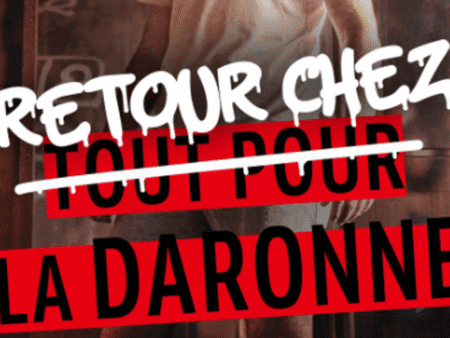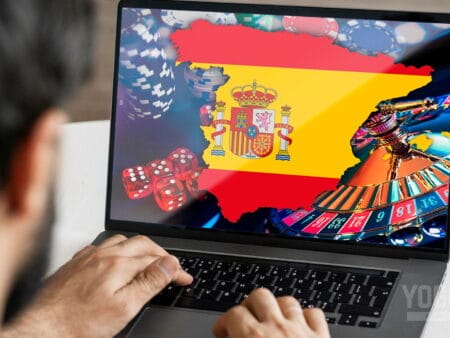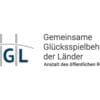German Gambling Authority’s Report: A Mixed Bag of Progress and Persistent Challenges
The annual report from Germany’s Joint Gambling Authority of the Länder (GGL) offers a detailed look into the state of the nation’s gambling market. While not exactly light reading, the report reveals a complex landscape navigating the tensions between regulation and reality in a multi-billion euro industry.
Record Revenues and Increasing Player Income
The legal gambling market reached a new high in 2024, boasting a gross gaming revenue of €14.4 billion. This represents a 5% increase from the previous year, indicating market stability and growth under regulatory oversight. The state coffers also benefited, receiving approximately €7 billion in taxes and levies, funds that are channeled into areas like addiction prevention, grassroots sports, and cultural projects.
The GGL processed 230 applications for licenses or modifications in the past year. The number of actively supervised providers now stands at 141 and is growing. However, the report highlights a challenge: payout ratios. Due to a 5.3% tax on stakes, payout ratios exceeding 95% are not possible in Germany, putting legal operators at a disadvantage compared to their illegal counterparts.
Despite this, the regulated market is functioning. The GGL has established itself as a central control body, taking its role as guardian of the State Treaty on Gambling seriously and acting with increasing coordination. Licensing, market analysis, and the pursuit of violations are all centrally managed, a significant improvement over the previous fragmented system.
Targeting Illegal Gambling
Despite the positive figures in the legal sector, illegal gambling remains a significant problem. In 2024, the GGL investigated 1,702 portals, classifying 858 as illegal, operated by 212 different entities, many based outside the EU. The GGL estimates that the black market accounts for around 25% of the online slot and poker sectors. While the overall market share is lower, estimated at 3-4%, this still represents a gross gaming revenue of €500-600 million that evades regulation.
The authority has responded by initiating 231 prohibition proceedings. Approximately 450 websites were taken offline following requests, and another 657 were technically removed from the German network through geoblocking. Payment blocking measures are also being used to cut off the financial lifeline of illegal providers.
Criticism and Concerns
Despite the GGL’s positive self-assessment, some industry observers are critical. The German Sports Betting Association, for example, believes the official estimates of the black market share are too low, suggesting it could be over 50%. Legal operators, like Tipico, have also expressed concerns that the GGL’s advertising restrictions hinder their visibility, while illegal platforms continue to generate reach through aggressive online campaigns.
Legal providers are advocating for more freedom in the advertising market, arguing that clear communication channels are essential for steering players away from the black market. They contend that adhering to strict regulations while lacking visibility puts them at a disadvantage compared to unregulated competitors.
Player Protection and Prevention
Player protection remains a key focus. The GGL is utilizing technological support, such as “Markers of Harm,” an early warning system that analyzes gaming behavior for high deposits and flags patterns indicative of problematic gambling. This approach was legally validated by the Mainz Administrative Court during the reporting year.
Other protective measures include a monthly deposit limit of €1,000 for all legal online offerings, regardless of the provider. The central blocking system, OASIS, is mandatory for all market participants, preventing self-excluded or third-party-excluded individuals from participating.
Unresolved Issues in Gambling Regulation
The report highlights ongoing structural weaknesses, particularly the persistence of the black market. Many providers operate from third countries with difficult-to-reach infrastructure. Servers are located in offshore locations, payment routes involve international service providers, and legal jurisdictions are complex. The GGL is working to address these challenges, but progress is hampered by the lack of international standards and comprehensive cooperation agreements.
Domestic improvements are also needed. Ambiguities remain in the State Treaty on Gambling regarding advertising bans, affiliate marketing, and streaming collaborations. Legal gray areas and protracted court proceedings delay effective action.
Progress, but Challenges Remain
The GGL has made progress. The legal market is growing, revenues are increasing, and initial international partnerships are showing promise. Google’s blocking of advertising for illegal providers is a significant step forward. However, the black market persists, albeit less visibly. Control mechanisms are in place but not yet universally effective. Legal providers face strict regulations while their unregulated competitors often maintain an advantage.
Player protection is integrated into the system, supported by technology and legal frameworks. However, achieving widespread impact will take time. The GGL recognizes this and is focusing on long-term structures. Regulation is an ongoing process that requires continuous adaptation.
The report underscores that the legal gambling market requires constant attention and effort. With a clear direction, vigilance, and support, it can become a safe, transparent, and fair environment for recreational gamblers, without endangering those vulnerable to addiction.
Stay ahead of the game in the licensed betting world – get the latest insights at LicensedBettingSites.com.















